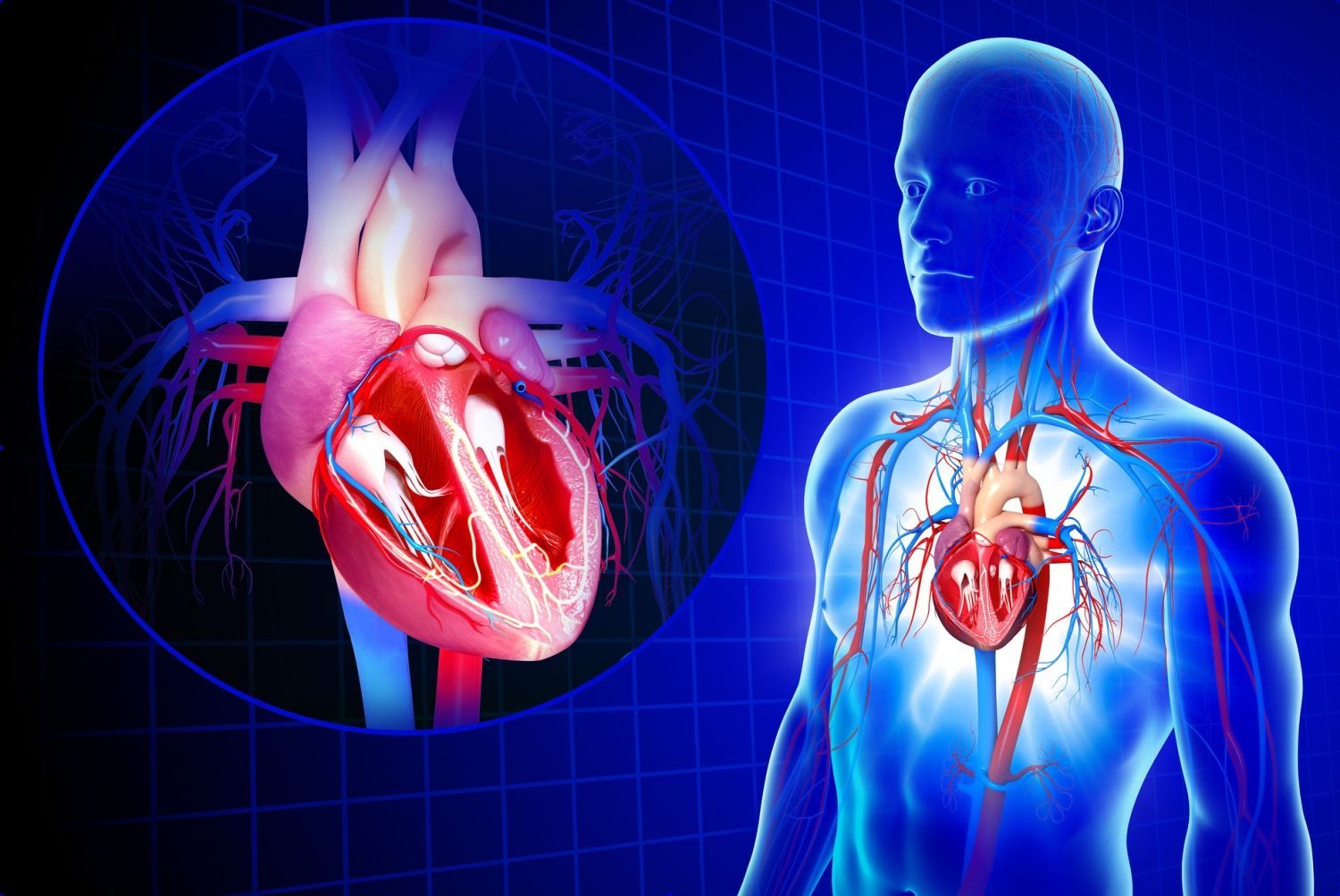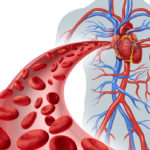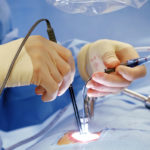
How the Heart Works
he heart is an essential organ of the human body. The heart pumps oxygen and nutrient-rich blood to the organs and brings blood back for purification through arteries and veins. This fist-sized powerhouse expands and contracts while it beats 1,00,000 times a day, pumping about 5 to 6 quarters of blood per minute.
A question may arise that how the heart pumps blood to the organs. As the heart beats, it pumps blood through vessels or pipelines and the whole system is called the circulatory system. These pipelines or vessels are elastic muscular channels that carry the blood.
The blood is an essential fluid as it is via this that the fresh oxygen from the lungs and nutrients are supplied to the different organs of the body. It also carries back the waste materials and carbon dioxide from the organs. This system is very necessary for the body to sustain its daily functions.
There are mainly three types of vessels or pipelines, namely:
- Arteries: They start with the aorta, the largest artery that carries the fresh oxygenated blood away from the heart to the tissues. They slowly branch into various short arteries and then enter the organs.
- Capillaries: they are thin blood vessels, whose outer walls allow transfusion of waste products.
- Veins: they are the vessels that carry the waste materials and carbon dioxide back to the blood.as they near the heart they get thicker.
The working mechanism
The heart is made of muscles called cardiac muscles. These small muscles squeeze the blood providing it with enough force to blow through the entire body. The heart has a four-chambered system. The upper chambers comprise the atria that receive the impure blood from the veins and the lower two chambers contain the ventricles that pump our blood through the arteries.
The two sides of the heart work in a manner of contractions and relaxations there by the pumping.
- The right side
- Blood enters through the two big veins, emptying the impure blood into the atrium.
- As the atrium contracts, the blood flows to the right ventricle through the valve.
- Then the ventricle contracts thereby pumping the oxygenated blood to the arteries through the arteries.
- Left Side of the Heart
- The pulmonary veins empty the oxygen-rich blood to the left atrium.
- The atrium contracts and the blood flow to the ventricle.
- As the ventricle contracts, the blood flows through the arteries to the organs.



